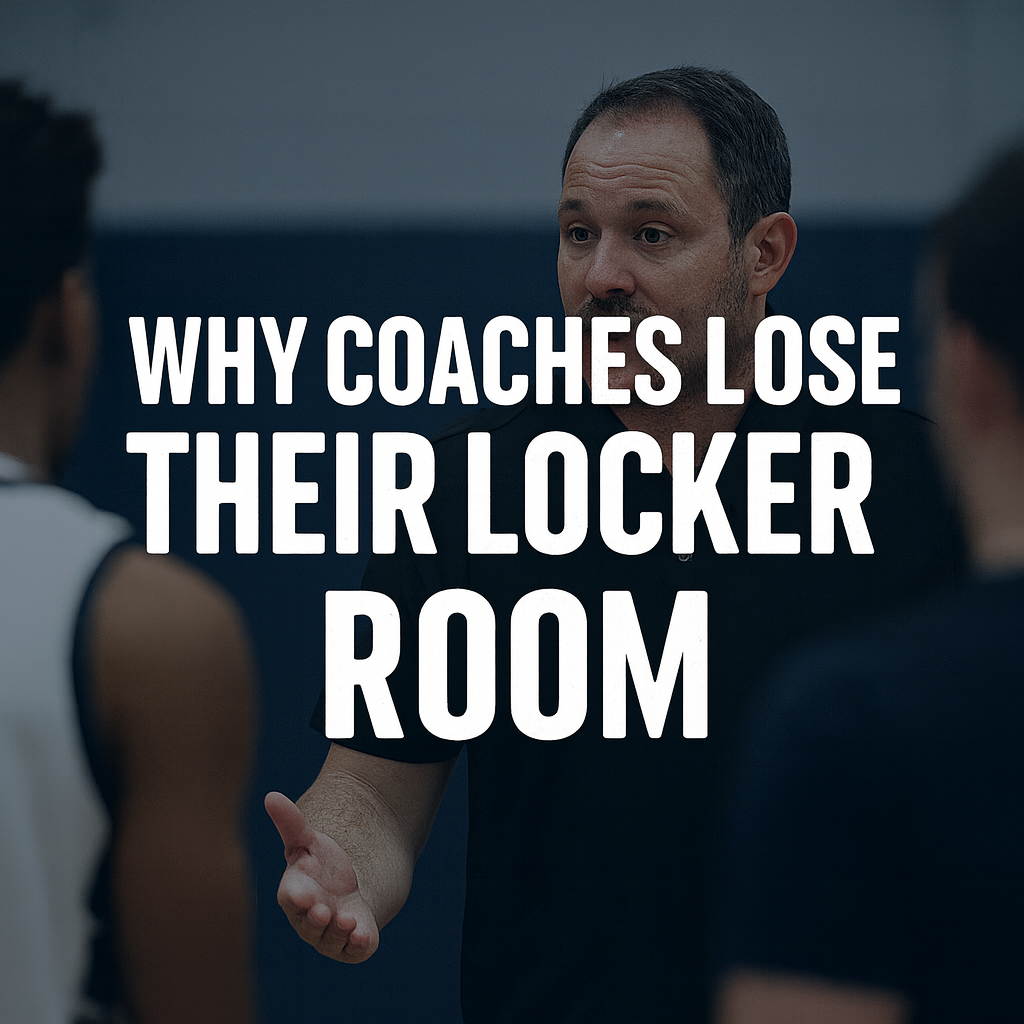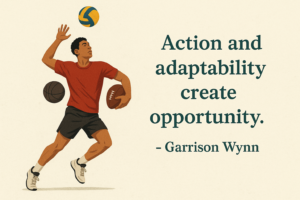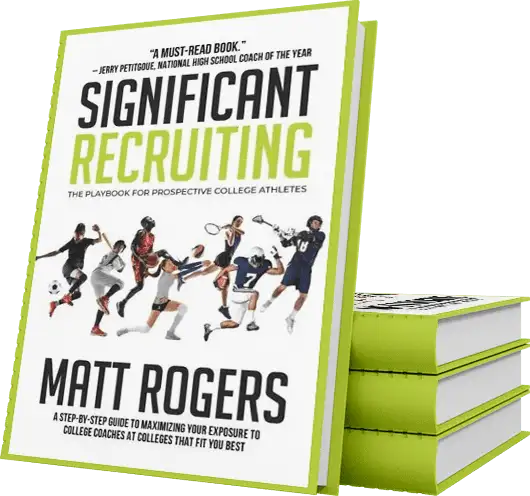“Success is not final; failure is not fatal: It is the courage to continue that counts.” -Winston Churchill
On the blog and on the podcast, I often talk with guests about the importance of culture. Culture is the invisible glue that keeps players and coaches moving in the same direction—not just chasing wins, but learning to care for each other and striving to win for each other.
Today, I want to look at culture from a different angle. We’re losing a lot of good coaches—not always because they don’t win enough, but because somewhere along the way they “lose the locker room.”
Here’s the problem: culture is hard to define. Every year new players join the program. They bring fresh energy, and that energy can change everything. Sometimes it makes the culture better. Sometimes it doesn’t.
I’ve lost a couple of locker rooms in my day. I don’t claim to have all the answers. Far from it. But I’ve learned a lot from my mistakes, and I’ve been fortunate that the Significant Coaching Podcast has become my master class—an ongoing education in culture-building from some of the best coaches and educators out there.
Here are four lessons I’ve learned about maintaining culture—and winning back a locker room if you’ve lost it:
1. The Foundation of Honesty
Honesty builds culture. Delivered poorly, it can sting. Delivered well, it gives hope. Saying, “We’re not playing well” or “We’re not coming together like we hoped” doesn’t mean we’re terrible. It means we have room to grow. The truth, framed with hope, can keep a team moving forward one step and one percent at a time.
2. Individual Attention
Every generation craves personal connection. Take time every day to reach each player—physically, emotionally, or verbally. A quick reminder that you know their world beyond the sport (“How was your math test?” “How’s your ankle feeling?”) builds trust. Small touches of care often lead to the biggest leaps in belief.
3. Swallow Your Pride
Players will make mistakes. They always have and always will. Sometimes, the best move isn’t to push harder in the moment, but to move on and circle back later. Quiet work after practice, one-on-one, can turn frustration into progress—and turn a struggling athlete into a locker-room ally.
4. Adjust How You Recruit
Success can trick us into chasing clones. “We won with this type of player, so let’s find more just like her.” But there are no carbon copies. Every new class requires fresh evaluation. College coaches fall into this trap often, but it’s just as relevant for high school and club coaches. Don’t assume the next kid who “looks like” last year’s star will deliver the same results.
You’re going to have bad days and even bad stretches as a coach. But if you stay true to who you are, stay honest, give players your attention, set your pride aside, and recruit with open eyes, you’ll build relationships that survive the losses. Because culture isn’t about perfection. It’s about resilience, connection, and the willingness to grow together.
If this resonates with you, I invite you to explore more resources at CoachMattRogers.com. There you’ll find my book Significant Recruiting: The Playbook for Prospective College Athletes along with the new Recruit’s Journal series (baseball, basketball, soccer, softball, and volleyball). Each is built to help athletes jump-start their individual recruiting journey—with weekly prompts and goal setting, practical tools for communicating with coaches, and guidance to stay fully prepared for every situation along the way.






